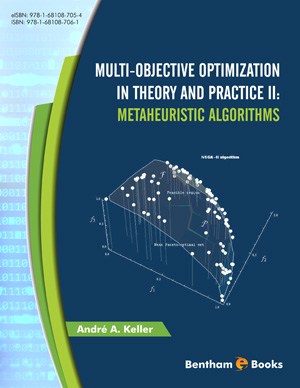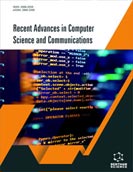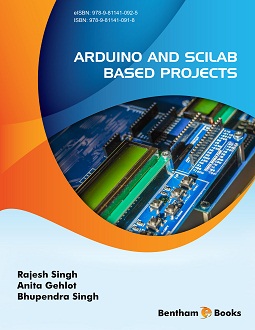Abstract
Evolutionary computation (EC) is commonly divided into evolution strategy (ES), evolution programming (EP), genetic algorithm (GA), and genetic programming (GP). This study focuses on GA algorithms for solving MOOP problems. GA belongs to the set of nature-inspired meta-algorithms. GA’s stochastic search techniques are based on genetic processes of biological systems. GA uses encodings and reproduction mechanisms. A population of feasible solutions evolves over successive generations with improved performances. This process stops when reaching global optima. The reproduction uses three types of operators: a selection operator determines the most qualified solutions (i.e., individuals), a crossover operator allows creating new solutions, and a mutation operator makes one or more random changes in a single string. In this study, we show how we can combine different modules with an early version of Mathematica® software. Each module specifies input and output variables. Other free packages SciLab 5.5.2 (an alternative to Matlab®) and GENOCOP III use the genetic search algorithm solvers for SOOP and MOOP problems. Ackley’s test function and other examples illustrate such computations.
Keywords: Ackley’s type function, Biased roulette wheel, Crossover operator, Encoding technique, Gene, Genetic algorithm, Genome, Genotype, GENOCOP III package, Mathematica® notebook, Mathematica® primitives, Mating population, Mutation operator, Offspring population, Reproduction mechanism, SciLab 5.5.2 software, Selection operator.






















